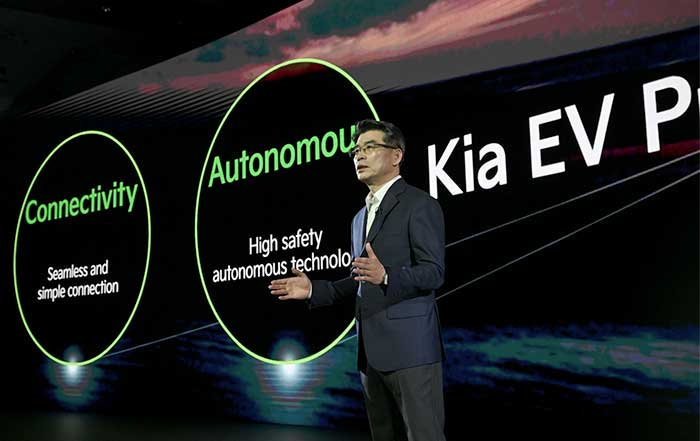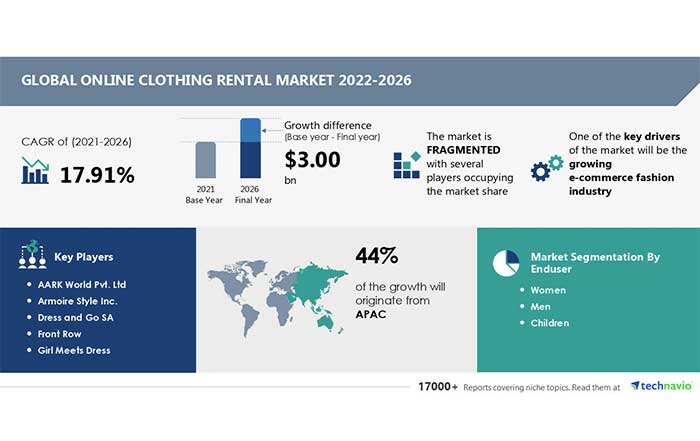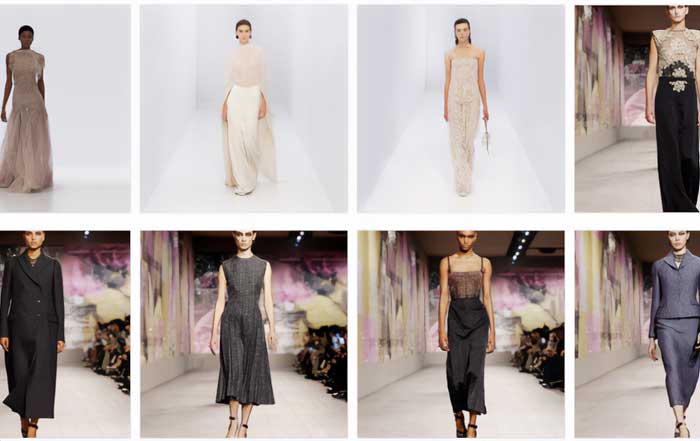Kia Corporation (Kia) today provided an update on its future strategies through the Kia CEO Investor Day event held in Seoul, Korea.
Kia has updated its mid- to long-term business strategy with a focus on electrification. Kia's updated 2030 annual sales target is 4.3 million units, of which 2.38 million units will be electrified vehicles. The financial targets have also been increased to KRW 160 trillion in gross revenue, 16 trillion won in operating profit and 10 percent in operating profit margin.
Kia first unveiled its mid- to long-term strategy entitled 'Plan S' in 2020, which focuses on a pre-emptive transformation towards an EV-focused business and providing customized mobility solutions. Since then, Kia has held a CEO Investor Day every year to present updates on the company's future vision and goals.
During the 2023 CEO Investor Day, Kia announced updated goals and specific details of its business strategy. Kia's 2030 global sales target of 4.3 million units is 34.4 percent higher than its 2023 annual sales target of 3.2 million units. It also plans to become a leading EV brand by raising the proportion of electrified car sales to 55 percent (2.38 million units) in 2030. This is a 7.5 percent (300,000 units) increase from the 2030 target announced in 2022, while the global sales target for electrified vehicles has increased by 15.5 percent (320,000 units).
"In 2021, Kia went through a full-scale transformation of its corporate name, logo, product and design, as well as corporate strategy. As a result, our brand value has improved significantly, helping us to win a number of 'Car of the Year' awards in key markets," said Kia President and CEO Ho Sung Song. "In order to become a Sustainable Mobility Solutions Provider, Kia needs to continue its efforts to strengthen Kia brand identity and establish an innovative and customer-centric business model."




